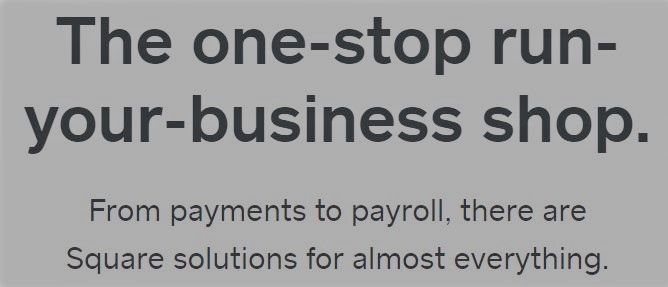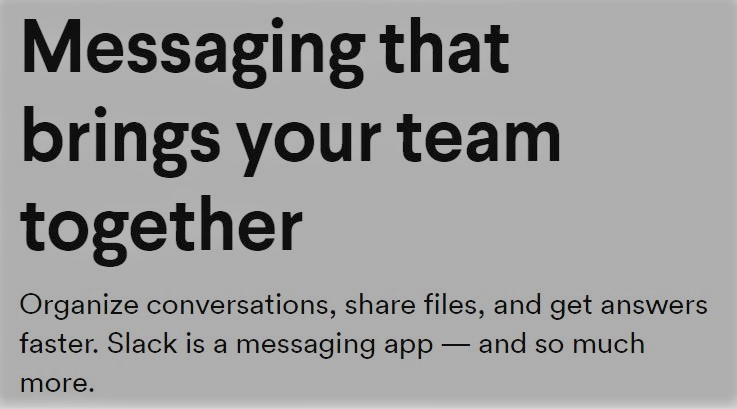Blogs can be a powerful and inexpensive way to promote your business. As trust in advertising drops and customers look for reliable content to help make buying decisions, blog posts are a popular way to enhance a brand. And it isn’t just B2C consumers who are reading blogs more now than ever; 71% of B2B buyers reported reading blog content during their buying journey. Whether you have never set up a blog, or you have one that has been long neglected, it may be time to make this marketing channel work for you.
Why Blog?
As much as we love to educate our customers and let them benefit from our expertise, blog content benefits go way beyond just providing resources.
Drive traffic to your website
You can drive more traffic to your website by buying ads (SEM), or optimizing your website for search (SEO). Blogs are a great way to boost SEO,and businesses who blog get 55% more website visitors than those who don’t. Writing frequent, original blog posts tells search engines that your website is worth visiting and they will put you higher up in search rankings. Websites with active blogs generate a lot more indexed pages – over 400% more – which leads to higher organic search traffic and more leads.
Each blog post itself will also bring customers to your website as it shows up in search results and gets shared on social media. If you write a great blog post that others want to reference, you can get backlinks (links to your website from other websites) that also help boost your SEO.
Develop trust with customers
Writing relevant blog posts for your target audience establishes your credibility and authority. While this is a tough metric to measure, it is important for moving prospects through the buying stages. A customer may read several of your posts and find them helpful before choosing to engage with you. Once they do engage with you, their trust in you will be high since you have already provided useful information.
Your own internal expertise is important for establishing credibility, but you should also consider bringing in well respected guest bloggers or interviewing subject matter experts. Content from someone from within your industry whether it be a customer, researcher, or a complementary business, tells readers that you also are a respected and important player in the industry.
Collect Leads
From your blog post, you can add a call to action requesting that readers share their contact information. If you have created something compelling on the same subject, your audience may be willing to share their information to have access. White papers, free trials, and ebooks are examples of content you could provide.
Keep in mind if you decide to require contact information to see your content, less people will see it. Readers are more and more hesitant to give out their information as email fatigue increases. There is another approach favored by some organizations to give their content without any strings attached. The idea here is that if you have a great white paper or infographic, you want it to be read, shared, and referenced as much as possible.
What should I write about?
The most important thing to remember when deciding blog topics is to write for your customer. Clearly define who your target audience is and what they care about. Define their top challenges and goals. The more specific you can get, the better because you will be attracting the right readers who may turn into customers. Create a content calendar and plan ahead so you will be more likely to keep up with posts, and can make sure the content has some variety. Types of posts could include:
- Educating on niche industry topics
- Interview industry experts and share their responses
- Give your thoughts on industry trade shows and events
- Share an analysis of internal survey data
- Predict trends
Keep your posts focused on education and not on pushing your products and services. Customers are savvy and don’t want to read a sales pitch. You make the case for your products by showing your expertise and helping customers solve problems.
How often should I post?
Consistency is the key here. More frequent posts will give you the best SEO boost, but not everyone can post multiple times per week. What you shouldn’t do is write several posts and then publish nothing for 3 months. A stale blog makes it heard to develop a reader base and won’t help your web traffic. If you find it difficult to write consistently, engage guest bloggers, internal experts, or freelance writers to pitch in.
…….
Sources:
DemandGen 2018 Content Preferences Survey Report
HubSpot 31 Business Blogging Stats You Need to Know in 2020
QuickSprout Guide to Making Your Corporate Blog Relevant






